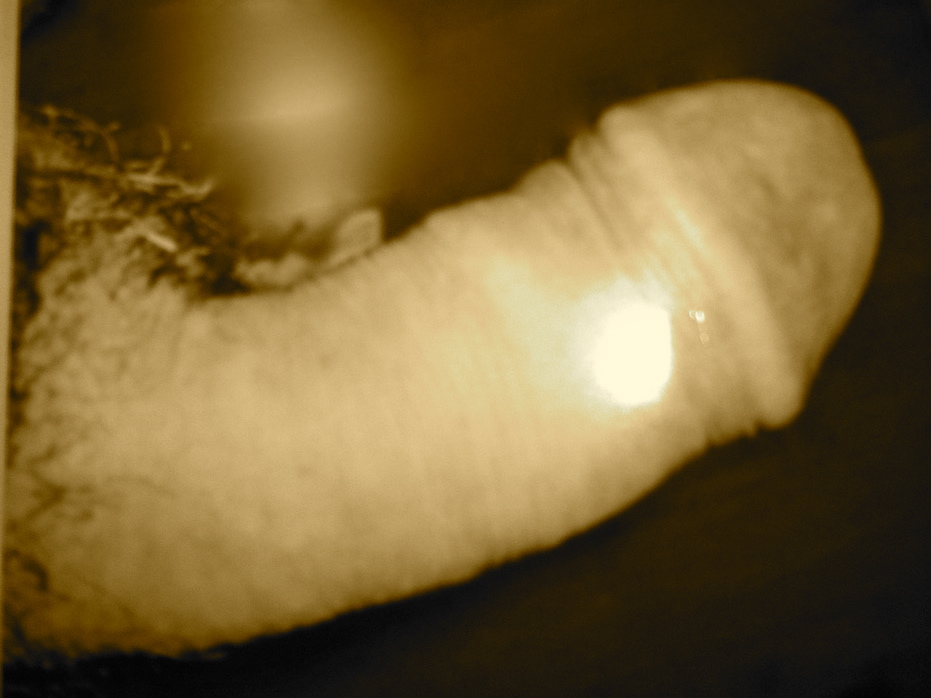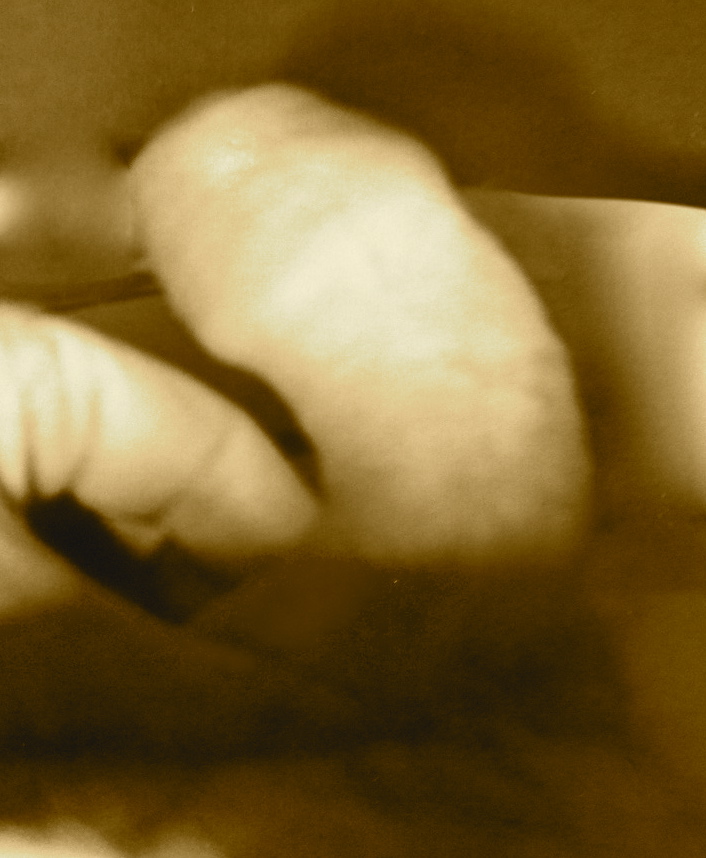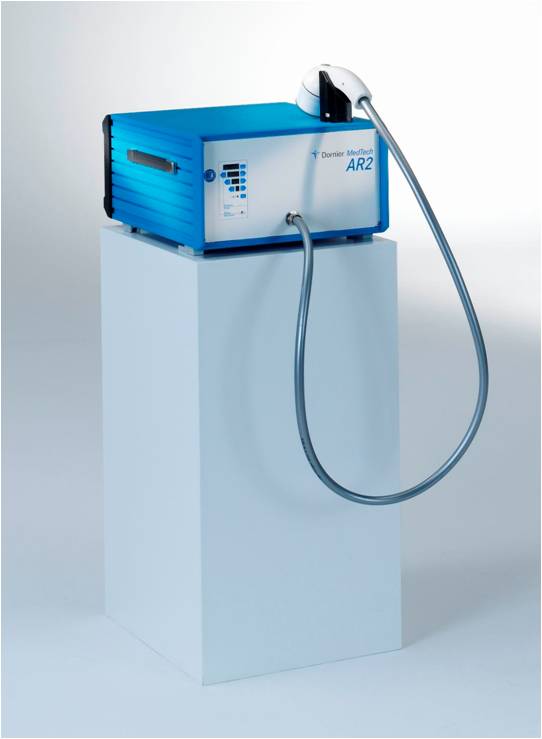How can Peyronie’s disease be treated?
Depending on the stage of the disease, appropriate treatment may be proposed.
In the inflammatory stage:
- Antioxidants for bones such as vitamin E and superoxide dismutase. Now a specific food supplement for Peyronie’s disease has been developed.
- Local treatments such as corticosteroid, verapamil and interferon injections.
- Extracorporeal lithotripsy.
- Systemic administration of treatments: POTABA, colchicine or pentoxifylline
The choice will essentially depend on the experience and habits of your surgeon. This treatment aims to decrease inflammation. It, therefore, has an analgesic effect and can, in most cases, stop the worsening of Peyronie’s disease or even decrease the angulation of the penis.
In the chronic stage, the pain goes away, but the angulation and deformity persist. In case of discomfort during intromission or if unable to have sexual intercourse, only surgery can improve the situation.
Treatment of Peyronie’s disease is an emergency: Why?
This condition progresses rapidly, meaning that it worsens in most cases. Only 13% of patients can hope for spontaneous recovery.
It is therefore imperative to consult a specialist of this disease at the onset of symptoms.
Indeed, full multimodal medical treatment helps stop the progression of Peyronie’s disease in over 90% of cases.
Taking vitamin E alone is not enough to block the deformation of the penis.
Now, we have developed a unique support that makes it possible to adapt the medical treatment to each situation. For this, a diagnosis that is as accurate as possible is needed. An expert on imaging for Peyronie’s disease will accurately determine the location of the plaque(s), their size and their nature (calcified or not), etc.
For non-calcified plaques in Peyronie’s disease, whether they are located on the tunica albuginea, the septum or the corpora cavernosa, extracorporeal shock wave therapy may be proposed. These shock waves are delivered in the surgery by the AR2 machine developed for Peyronie’s disease by the German company Dornier, the reference in the manufacture of lithotripters.
This machine makes it possible to accurately deliver energy, in the form of waves, to the plaque and adjacent tissue. This energy, by touching the tissue, causes the release of growth factors and tissue regeneration , which leads to stabilisation, or even regression, of the fibrosis.
NB: Lithotripsy treatment is a Non-Classified Health Care Service: it is not covered by social security and is not reimbursed.
For plaques located on the tunica albuginea, we combine it with hydrocortisone injections at the same time. This high-pressure injection is intended to disorganise the fibrotic plaque and facilitate shock wave therapy. This original method has been the subject of a clinical study presented to the World Congress Of Endourology in Istanbul in September 2012 and a publication, currently pending acceptance.
For calcified plaques stabilised for several months, medical treatment may be attempted. If this fails, surgery is the last solution.









